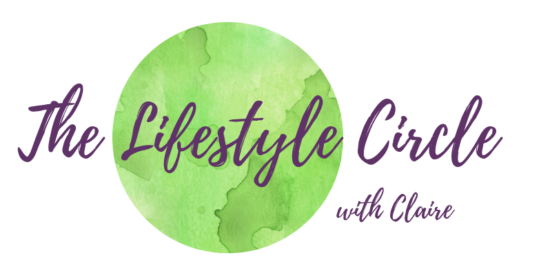Tietze’s syndrome is a painful inflammatory condition affecting the chest wall. I was diagnosed with it several years ago when I went to see my doctor about the sharp pain I felt in my chest.
The treatment recommended was patience, painkillers and anti-inflammatories. This struck me as masking the problem rather than addressing it and triggered my quest for an alternative method of treatment.
This post contains affiliate links.
This is when I stumbled across Steve August, a New Zealand physiotherapist and recovered costochondritis sufferer. Steve developed the costochondritis and Tietze’s syndrome treatment tool called the Backpod.
What is costochondritis and Tietze’s syndrome?
The NHS says costochondritis is the medical term for inflammation of the cartilage that joins your ribs to your breastbone.
Tietze’s syndrome is very similar but also involves swelling at the rib joints.
When you have costochondritis or Tietze’s syndrome, exercise, lifting heavy objects, or even lying in certain positions can make your pain worse. Just walking down stairs gave me sharp pains in my chest.
An important point to note – don’t ignore any chest pain. Always speak to your doctor about your symptoms.
The cause of costochondritis and Tietze’s syndrome
Much of the standard literature names the causes of these conditions as an injury or impact to your chest, severe coughing, which strains the chest, or physical exertion from sports or lifting heavy objects.
Steve August has a slightly different take. He believes that the inflammation originates in your back. He says to think of your ribs as bucket handles that are hinged to both your breastbone and your spine. Your ribs move when you move, but they also move up and down every time you breathe.
If the back rib joints freeze up, the ribs hinged to your breastbone have to work harder. And your poor rib joints never get a break because they have to move every time you take a breath. Overworked rib joints cause the pain and inflammation associated with costochondritis and Tietze’s syndrome.
Injury, impact or strains are, according to Steve, the reason the back rib joints freeze up in the first place. If this is the case, then loosening the back rib joints is the treatment for both of these painful conditions.
You can read more about this on the Bodystance website by clicking here.
What is the Backpod?
The Backpod is the treatment device that Steve August says can fix costochondritis and Tietze’s syndrome.
It looks like a small green rugby ball that has been sliced in half. It has a firm plastic core with an outer rubber layer that you position under your upper back and lie on. This stretches out the collagen surrounding the back rib joints and allows them to move freely again. When they are moving freely, your front rib joints no longer have to move excessively, and the pain goes away.
How to use the Backpod
There is a detailed user guide, but for some reason, it isn’t included with Backpods that are purchased in the UK. You can access the user guide by clicking How to use the Backpod on the Bodystance website.
It’s straightforward to use. Start with the Backpod between your shoulder blades, lie back with your knees bent and place your hands behind your head. Your own upper body weight will stretch the collagen and loosen the frozen rib joints.
The user guide has a helpful graphic showing you exactly where to place the Backpod to target costochondritis and Tietze’s syndrome. As well as working up and down the upper spine, the Backpod needs to be positioned between your spine and your shoulder blades to target those tight rib joints.
The instructions say to start with three pillows under your head and work your way gradually to a comfortable stretch with no pillows.
My results using the Backpod
After many months of chest pain, I felt a reduction in pain in a matter of days using the Backpod. It was honestly that quick.
I’ve practiced yoga for twenty years but had to stop when I was diagnosed with Tietze’s syndrome. Anything that put pressure on my upper body, such as good old downward dog, triggered pain for me.
Happily, I’m now pain free and back practicing yoga four or five times a week with only positive side effects. It took two months of using the Backpod for ten minutes every day for the pain to go completely.
I still use the Backpod most days. I put it behind my back for just a couple of minutes while I’m sitting at night. The user guide explains how to use the Backpod whilst sitting. I work at a desk all day so a stretch for my back is a satisfying way to end the day.
The Backpod is a bit of an investment, but the results have been worth it for me. Its unique shape targeted parts of my body that tennis balls and foam rollers just weren’t able to reach. The stretch felt immediately different from anything I’d tried before. Walking down stairs without feeling a hammering in my chest was well worth the money for me.
If you’re looking to fix your costochondritis or Tietze’s syndrome, the Backpod might be just what you need.




